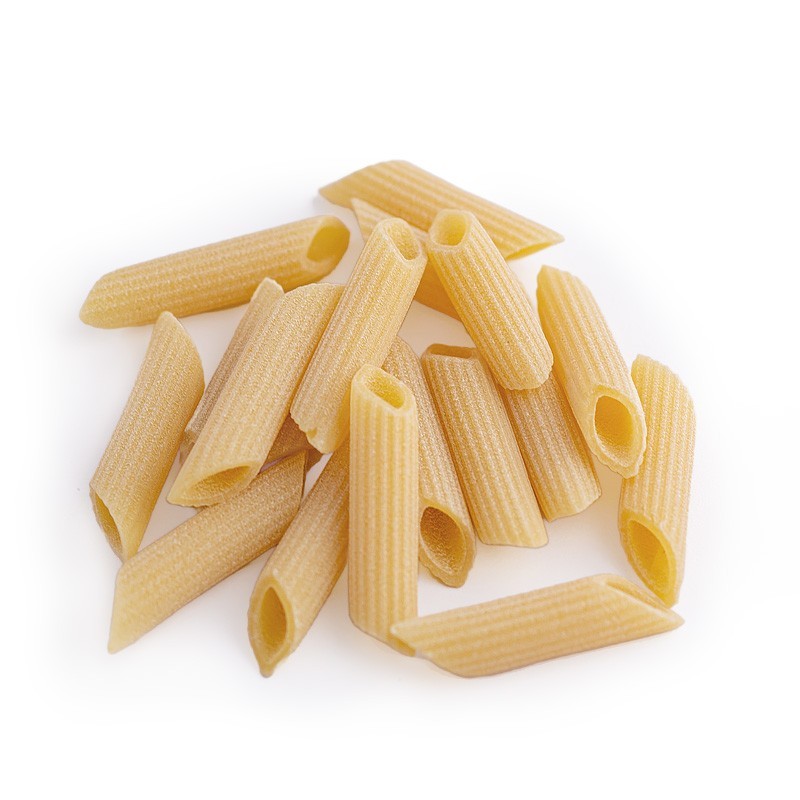29-10-2025

When I was a child in Apricena, in the province of Foggia, the night between October 31 and November 1 was not about masks or carved pumpkins. It was the night of the Stocking of the Dead: a silent gift, as if the departed themselves returned to watch over us, bringing sweets to good children and coal to those who needed a “lesson.”
It was a suspended, intimate moment, deeply tied to home and affection — more like an “autumn Christmas” than a macabre feast. And for us children, it was filled with indescribable charm: a gift “from beyond,” but without fear.
Ancient origins of the Stocking of the Dead
The Stocking of the Dead has roots far older than Christianity, embedded in the agricultural and pagan traditions of Mediterranean peoples. In rural communities, it was believed that on this night, the souls of the departed returned home to greet the living and ensure family ties were not forgotten.
Bread, dried fruit, wine, or figs were left on tables as symbolic offerings for visiting souls. Over time, this act of hospitality evolved into a gift for children: sweets and dried fruit passed down “from the dead” through the memory of the living.
The meaning was never material, but spiritual — to receive something “from the dead” meant they were still part of the family.
The Day of the Dead in Puglia: not fear, but presence
Unlike Halloween — born as a rite to ward off spirits — in Puglia and southern Italy, the relationship with the dead was one of closeness, not defense.
Children were taught that the dead returned out of kindness, not to frighten. It was an educational ritual: a reminder that roots define our identity and that those before us continue to walk with us, even if unseen.
The sweets of the dead and their symbolic meaning
The gifts in the stocking were never random. Many sweets linked to November 1–2 carried deep symbolism:
-
“Bones of the Dead”: hard biscuits representing eternal memory.
-
“Fava beans of the Dead”: a nod to Roman times when beans were food for souls.
-
Pomegranate: symbol of fertility and life beyond death.
-
Chestnuts: fruit of warmth and protection.
-
Dried fruit: the land’s lasting gift, like memory itself.
Coal, too, sometimes appeared — not as punishment but as a call to improve oneself.
Apricena and Capitanata: when tradition lived every day
In Apricena, this tradition thrived until just a few decades ago. On that night, grandparents shared stories of deceased relatives, not as ghosts but as affectionate presences.
The next morning, children would run to find the stocking, hung by the fireplace, window, or bedside — a gesture of family continuity rather than a mythical delivery.
It was a gentle yet profound form of education: family doesn’t end with death, and gratitude for our ancestors is part of our cultural identity.
Why the tradition was forgotten
The Stocking of the Dead slowly faded after the 1990s, mainly because of:
-
The Americanization of holidays through media and commerce;
-
The loss of intergenerational living;
-
The depersonalization of food, once tied to harvest and gratitude.
When celebration became consumption, it lost its soul.
Why it’s worth rediscovering today
Rediscovering this custom doesn’t mean rejecting Halloween, but reclaiming our Mediterranean way of remembering the dead — intimate, human, and rooted in family.
It’s a tradition that:
-
teaches respect for origins,
-
creates emotional memory in children,
-
rebuilds the bridge between past and present,
-
gives food a deeper sense of belonging.
The bond with true food and the land
It’s no coincidence that the traditions of the dead centered on wheat, bread, figs, and almonds — staples that sustained life and embodied the spirit of giving. Offering sweets was a gesture of care inherited from ancestors.
This same principle still guides how we cultivate, transform, and share food today: not as a product, but as cultural heritage.
A thread that never breaks
The Stocking of the Dead was never just nostalgia — it was a way of saying the departed remain with us in simple things, gestures, and flavors passed from hand to hand like a silent legacy.
Perhaps this tradition can live again because we need roots — not as nostalgia, but as direction. Remembering where we come from tells us where we want to go. In our lands, food has always been the bridge between those who came before and those who will carry on.























